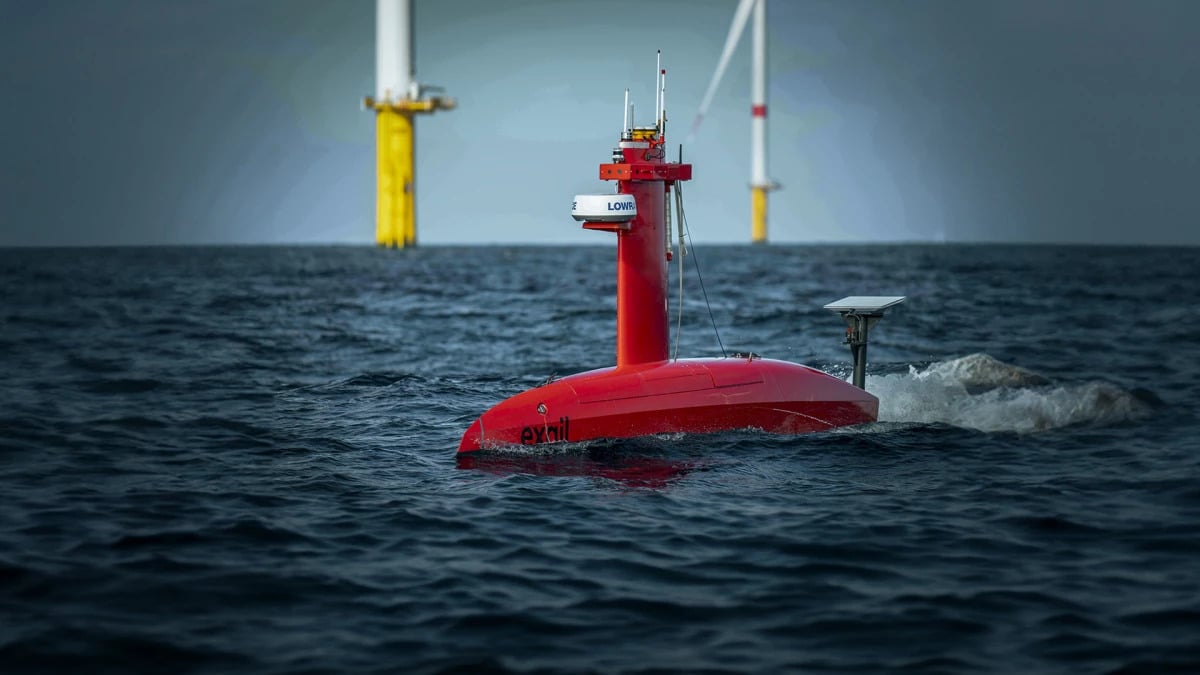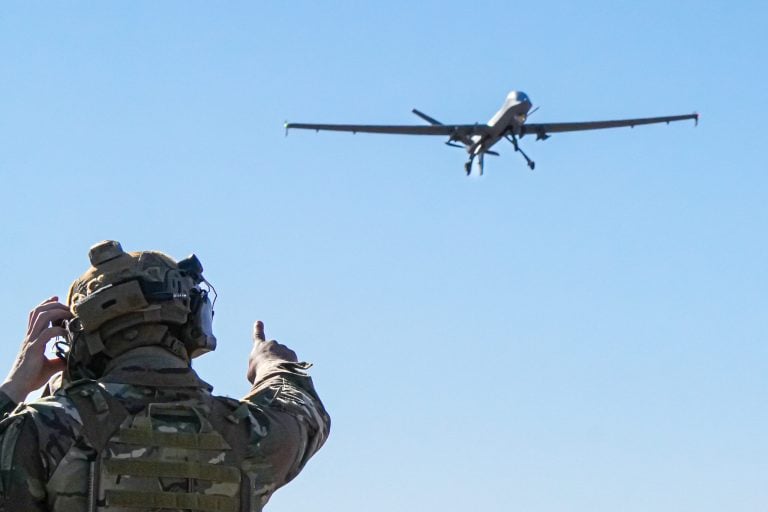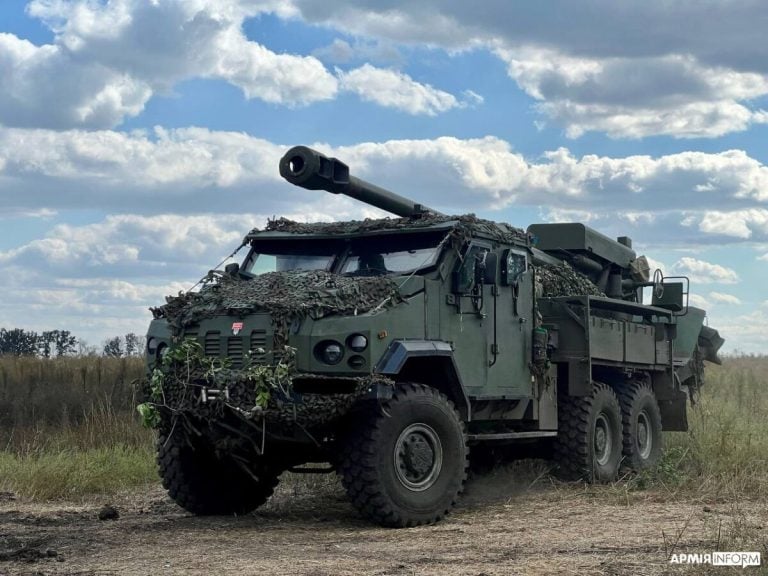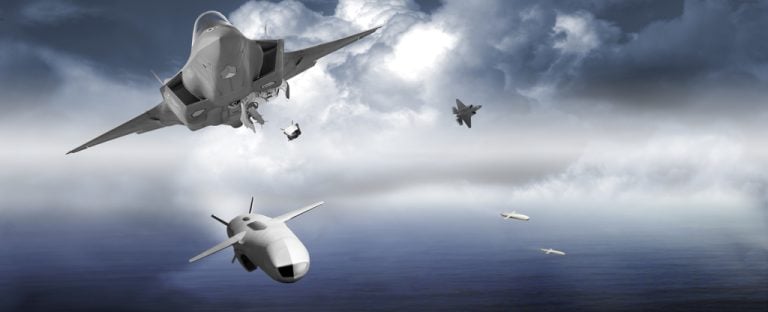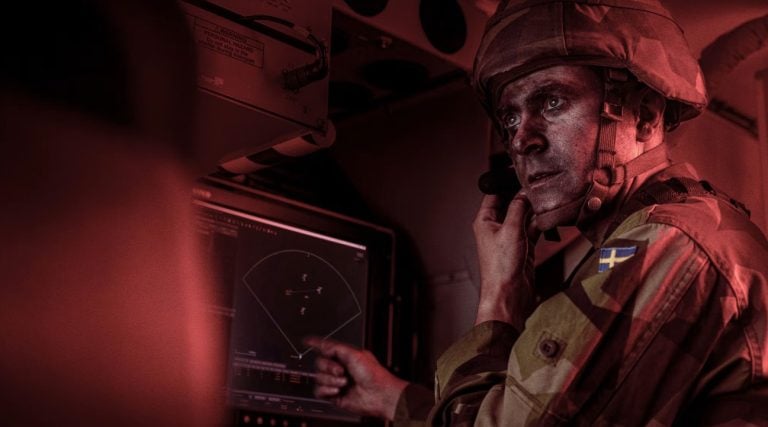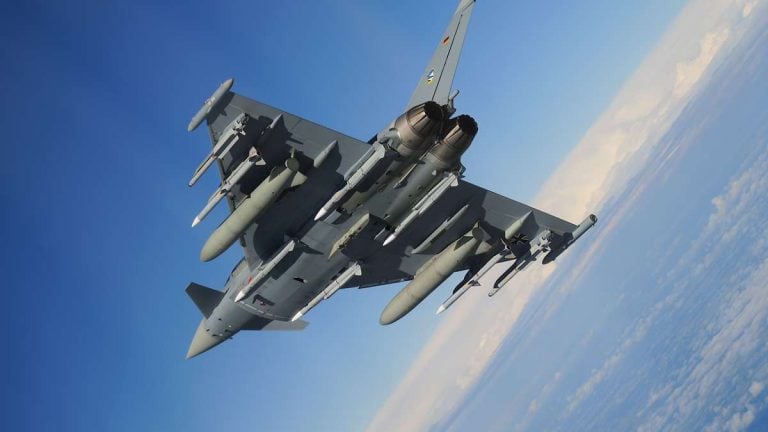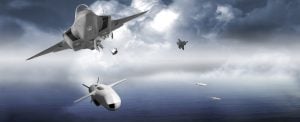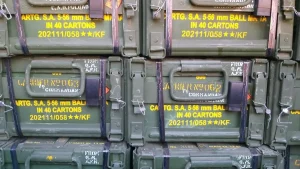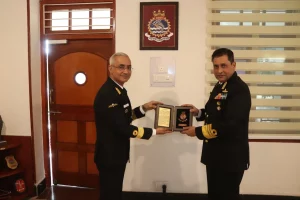Exail has secured a contract to provide a fleet of five DriX H-8 uncrewed surface vehicles (USVs) to an unspecified European nation. These advanced USVs are set to be employed for intelligence, surveillance, and reconnaissance (ISR) operations, a domain increasingly recognized for its strategic importance in maritime security.
Originally designed for hydrographic missions, the DriX H-8 boasts versatility by accommodating a variety of payloads that allow for the capture of high-quality data in both shallow and deep water environments. The French company has not disclosed further details regarding the specifics of the deal, including the recipient nation.
Jérôme Bendell, head of Exail’s Maritime Systems Business line, expressed gratitude for the confidence shown by the European partner. “This contract highlights the growing strategic need for unmanned maritime ISR capabilities, and we are proud that DriX has been selected to meet that challenge,” he stated. Bendell emphasized that the contract serves as a testament to the DriX’s maturity, reliability, and operational significance. He reaffirmed Exail’s commitment to innovation in enhancing global maritime security.
The DriX H-8 USV is designed for both remote-controlled and supervised autonomous operations and is capable of functioning effectively in challenging conditions, including sea states up to level 5. The vehicle can travel at speeds of up to 14 knots (about 26 kilometers or 16 miles per hour) for 24 hours, or maintain a speed of 7 knots (approximately 13 kilometers or 8 miles per hour) for a seven-day mission. Additionally, it can carry out missions lasting up to 10 days at a cruising speed of 4 knots (around 7.4 kilometers or 4.6 miles per hour).
Measuring 7.71 meters (25.29 feet) in length and with a displacement of 1.4 tons (14,000 kilograms or 30,800 pounds), the DriX H-8 has a draft of 2 meters (6.56 feet). The platform is powered by a 38HP Diesel engine and features a fuel capacity of 250 liters (66 gallons), with an average fuel consumption of 2 liters (0.5 gallons) per hour.
The integration of the DriX H-8 USVs promises to enhance maritime operational capabilities for the European partner, as nations increasingly seek unmanned systems to bolster their ISR efforts. As the maritime landscape continues to evolve, the introduction of such advanced vehicles stands as a vital step toward meeting the complex challenges of global security.
